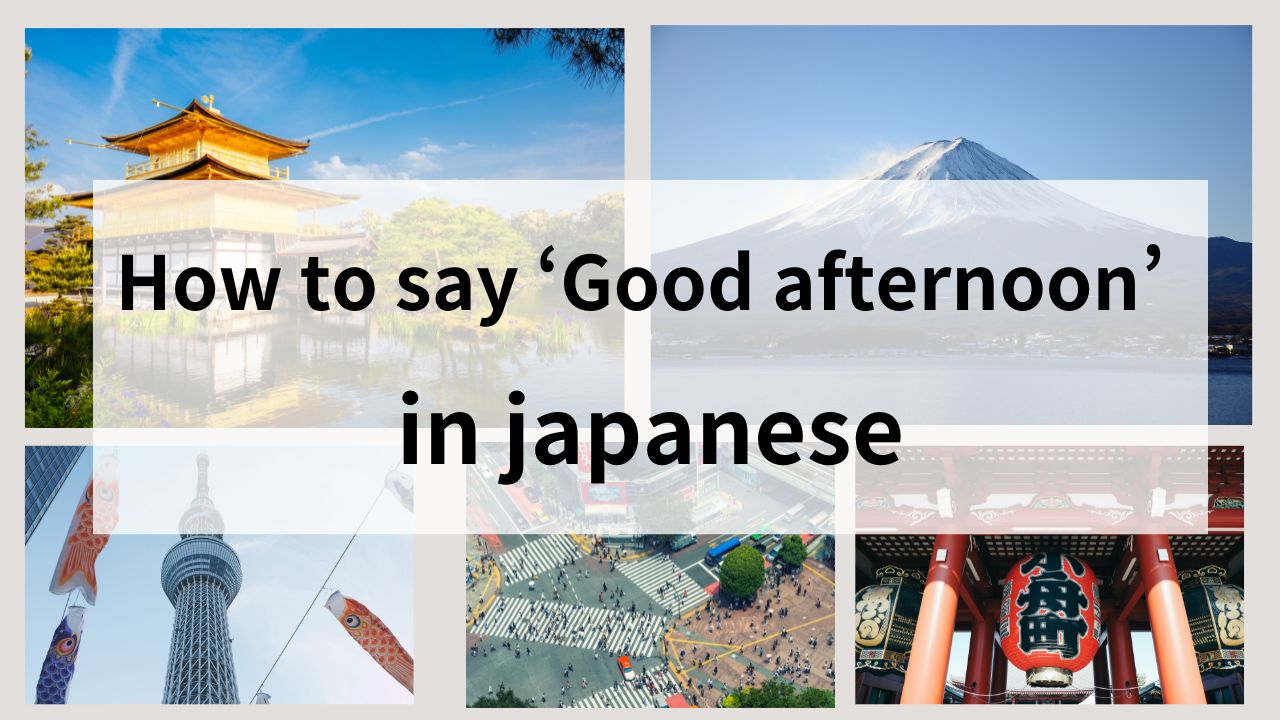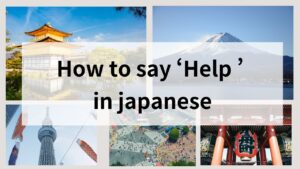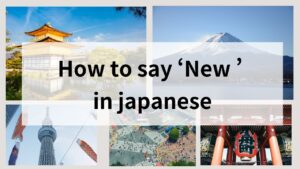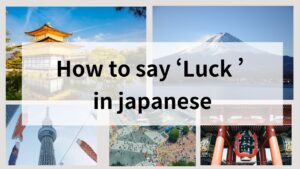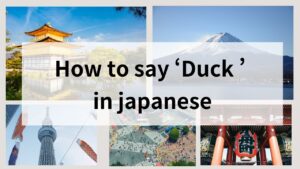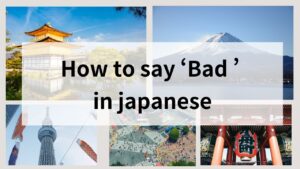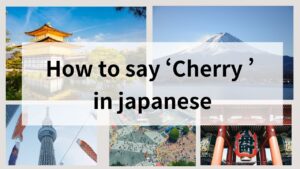Are you curious about how to say “good afternoon” in Japanese? This common greeting is used in various social situations, reflecting politeness and cultural nuances. This guide will explore the Japanese phrase for “good afternoon,” its usage, and cultural significance.
How Do You Say “Good Afternoon” in Japanese?
The Japanese phrase for “good afternoon” is こんにちは (konnichiwa). This term is widely recognized and used in both casual and formal contexts, typically from late morning until early evening.
Understanding Konnichiwa (こんにちは)
“Konnichiwa” literally translates to “hello” or “good day,” but it is commonly used as a greeting during the afternoon. The term is a combination of two words:
- 今 (kon): “now.”
- 日 (nichi): “day” or “sun.”
When to Use Konnichiwa
You can use “konnichiwa” in various situations, whether you are meeting someone for the first time, greeting friends, or addressing colleagues. Here are some examples:
- こんにちは、お元気ですか? (Konnichiwa, o-genki desu ka?): “Good afternoon, how are you?”
- 今日はいい天気ですね (Kyou wa ii tenki desu ne): “It’s nice weather today, isn’t it?”
Using “konnichiwa” appropriately can enhance your social interactions in Japan, showing respect and friendliness.
Cultural Significance of Greetings in Japan
In Japanese culture, greetings are essential for establishing relationships and showing respect. Using the correct greeting at the right time is considered polite and reflects an understanding of social dynamics.
Politeness and Formality
Japanese culture places great emphasis on politeness. When addressing someone in a formal setting, it is essential to use appropriate greetings. “Konnichiwa” is versatile and can be used in most situations, but you may also hear:
- こんにちは (Konnichiwa): General use in the afternoon.
- おはようございます (Ohayou gozaimasu): “Good morning,” used until around 11 AM.
- こんばんは (Konbanwa): “Good evening,” used after sunset.
Practical Applications of “Konnichiwa” in Japanese
Learning how to use “konnichiwa” effectively can improve your conversational skills and help you navigate social situations in Japan.
Using Konnichiwa in Daily Conversation
Here are some examples of how “konnichiwa” can be used in everyday conversation:
- こんにちは、はじめまして (Konnichiwa, hajimemashite): “Good afternoon, nice to meet you.”
- こんにちは、最近どうですか? (Konnichiwa, saikin dou desu ka?): “Good afternoon, how have you been lately?”
Common Expressions and Variations
While “konnichiwa” is the standard greeting, there are variations and expressions that convey similar sentiments:
- お疲れ様です (Otsukaresama desu): A phrase often used among colleagues after work, meaning “thank you for your hard work.”
- ご無沙汰しています (Gobusata shiteimasu): “I haven’t seen you in a while,” used when reconnecting after a long time.
These expressions enhance communication and show awareness of social etiquette.
FAQs
Here are some frequently asked questions about greetings in Japanese.
Is Konnichiwa Used Only in the Afternoon?
Yes, “konnichiwa” is typically used from late morning until early evening. For morning greetings, “ohayou gozaimasu” is used, while “konbanwa” is reserved for the evening.
Can Konnichiwa Be Used in Formal Situations?
Absolutely! “Konnichiwa” is suitable for both formal and informal situations, making it a versatile greeting in Japanese culture.
Conclusion
“Konnichiwa” is more than just a greeting; it embodies the values of politeness and respect in Japanese culture. By understanding and using this phrase appropriately, you can enhance your interactions and embrace the nuances of social communication in Japan.
